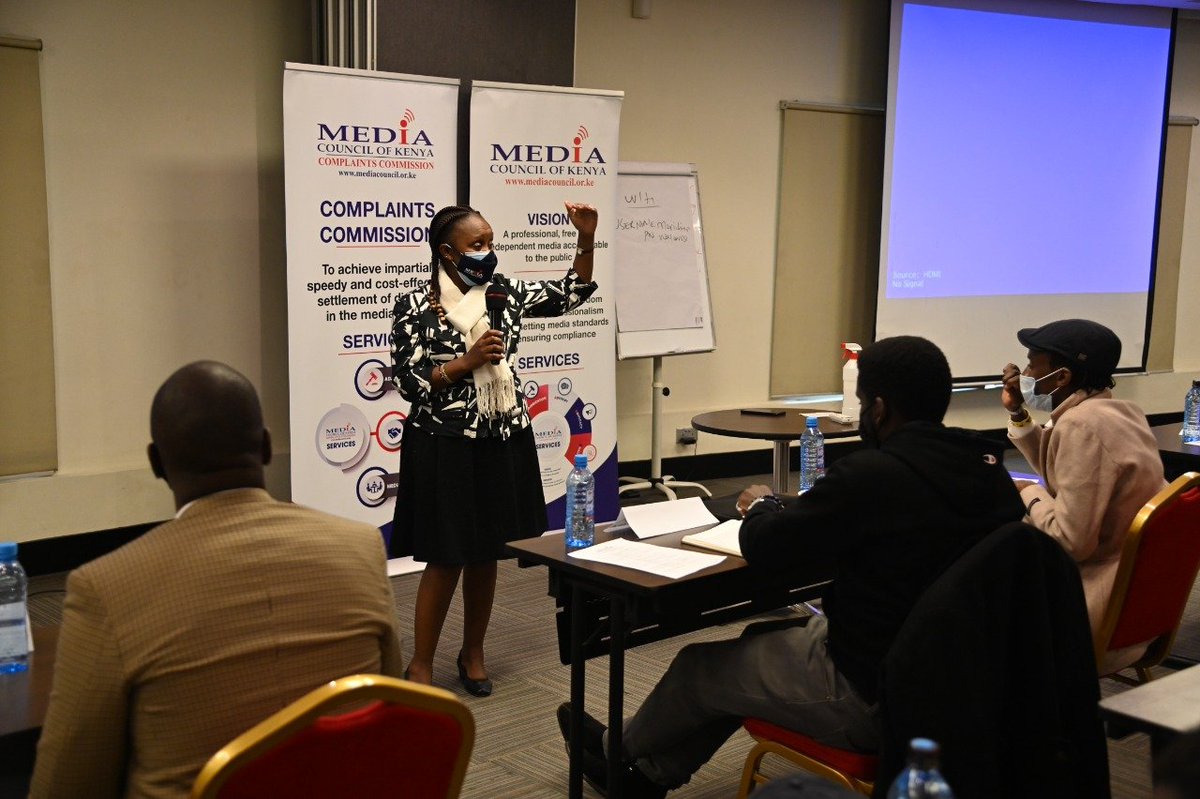
By David Omwoyo
Continuous training is the prerequisite of good journalism. This has become increasingly important especially because newsgathering, production, distribution and consumption has changed greatly since the advent of the digital age and the attendant rise of non-linear journalism.
This has spawned challenges in journalism education, with educators and media professionals alike acknowledging the need for curriculum reform to reflect the realities of the industry.
Yet, response in journalism education to changing industry needs have been slow and inadequate because of many dynamics such as high enrollment numbers and diminishing funding to training institutions.
Journalism training institutions need to closely connect the classroom with the newsroom and synching it with the needs of the fast-changing digitally oriented media industry.
Notably, the world is moving away from academic-based only training to competency-based curricula that better serve the needs of the market. And while some training institutions are redesigning media education programmes, many are facing challenges in transforming their curricula to address fast-changing industry needs.
Yet this important task cannot be left to newsrooms or colleges alone. The Media Council of Kenya has, for instance, identified the modular curriculum approach as a key tool in ensuring higher standards of journalism training and practice in Kenya.
This has necessitated engagements between media stakeholders including media houses and journalism colleges in the country to identify gaps in current media training and devise interventions. These include reviewing and aligning training curriculum and developing short, independent units that meet media industry needs and satisfy quality requirements in a fast-paced world.
The integrated curriculum (modular) approach is one of the key platforms towards enhancing professionalism in the media for several reasons. It seeks to align the media training programmes with the national Competency Based Curriculum (CBC) and the Competency Based Education and Training (CBET). It also creates rooms to strengthen the links between training and the world of work, allowing the latter to respond better to employer and stakeholder needs. Further, this method will provide greater opportunities for learners to move in and out of the training ecosystem, enabling access and expanding progression, while improving their competencies.
Conversely, the modular approach will not only introduce greater flexibility into journalism training, but will also make it attractive and ultimately help combat high youth unemployment in Kenya because it empowers trainees for job creation
Yet a wholesome education must go beyond the vocational. It must include knowledge in liberal arts which help in broadening the minds of students so they may adopt to innovations and changes.
Short courses also help equip reporters in specialised areas to the extent of making them experts in those areas.
This intervention cures a key shortcoming in journalism training in Africa, a generalist approach where reporters are jacks and jills of all trades yet are expected to be experts in the areas they cover.
One of the short courses the Media Council of Kenya has developed with partners is the climate change adaptation curriculum. Climate change is perhaps the single largest global threat to humanity and environment today, with frequent extreme weather conditions such as droughts and flooding, wreaking havoc on lives and livelihoods. This calls for urgent interventions, not just in mitigation but also in communication which plays a key role in provoking action.
To this effect, the Media Council of Kenya has rolled out training for journalists with a keen interest in environment and climate change. The objective of the training is to build the capacity of science journalists to report on Climate Change in a manner that can trigger adaptation and resilience.
It is important, for instance, that journalists internalise the fundamentals of climate change, the underlying drivers and effects of climate change on environment and society. Key also is agriculture and climate change, including the interactions and re-engineering agricultural practices in the advent of climate change.
The other curriculum which is ready for piloting and rollout is the child rights protection curriculum. This is another underserved constituency where certain sensitivities are needed in their reporting. These and other courses will be offered jointly with colleges and universities that adapt them.
The Media Council of Kenya will pursue collaborations with training institutions to agree on modalities of weighting (for example, what number of modules amount to a certificate or diploma) or for purposes of credit transfer.
There is therefore need for enhanced collaborations with stakeholders towards a common pursuit for high standards of media training in Kenya
Mr Omwoyo is the CEO of the Media Council of Kenya. domwoyomediacouncil.or.ke ()